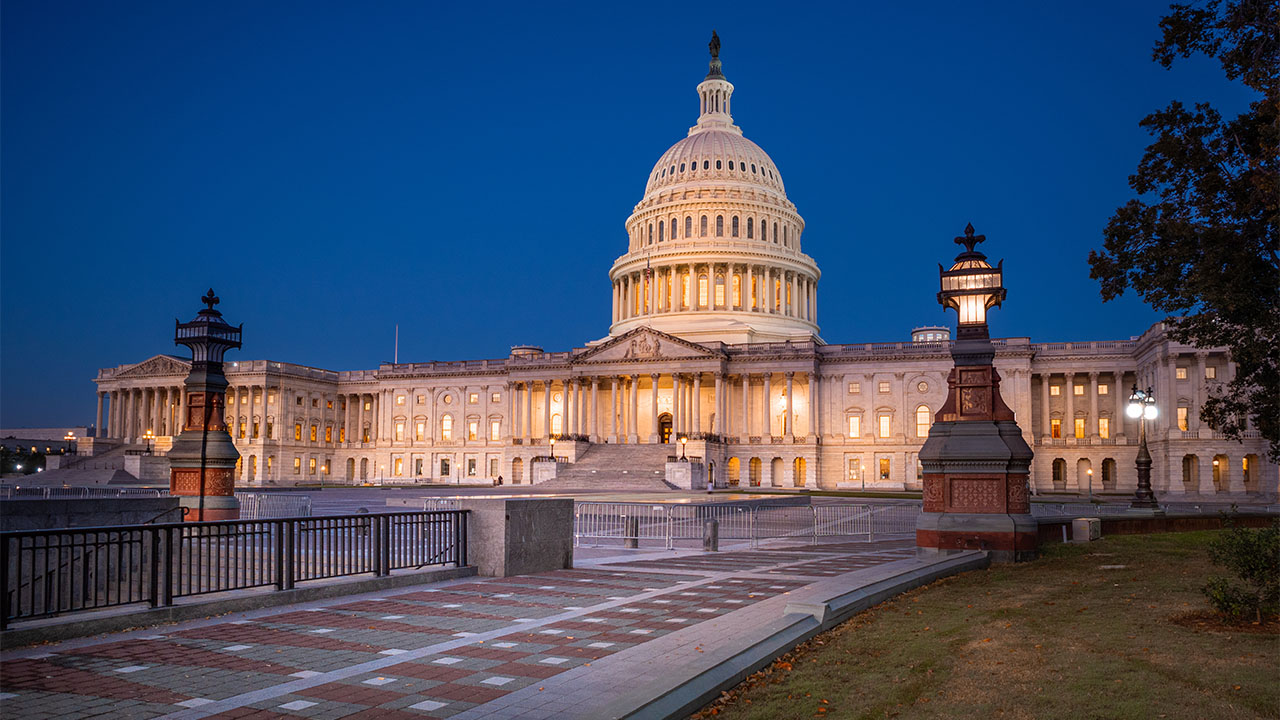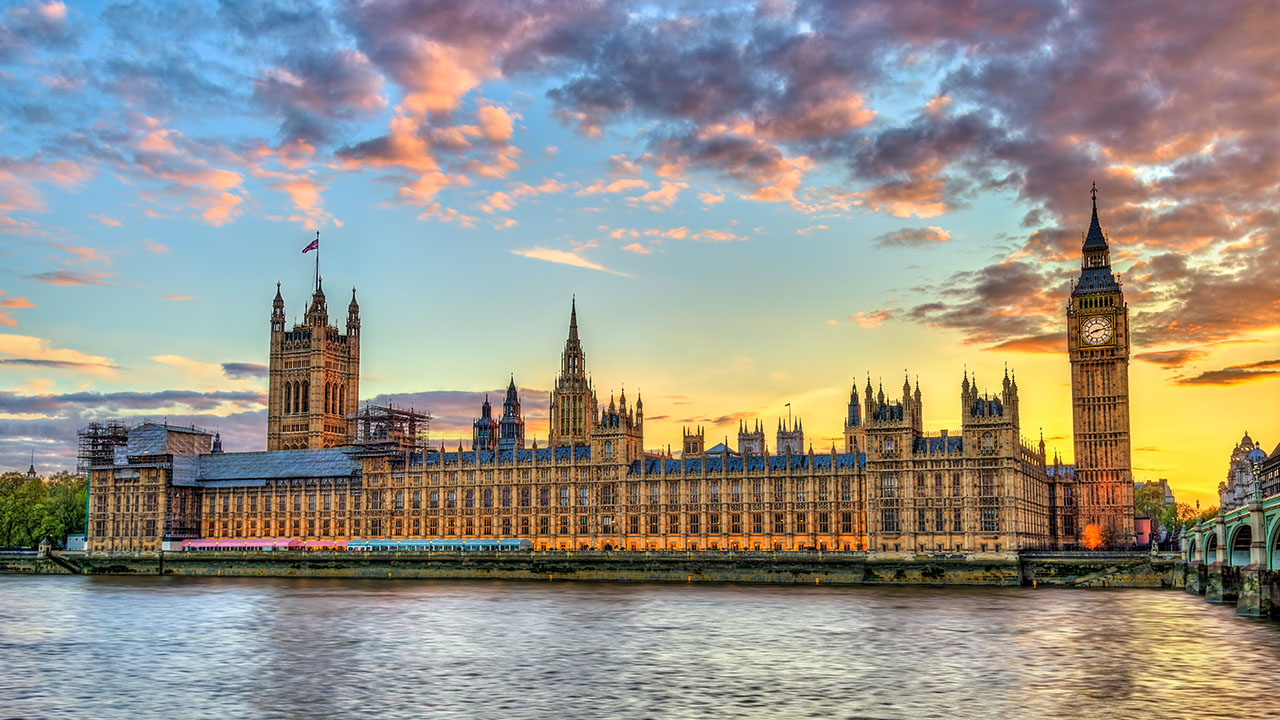Everything is a function of time and space. Travel is no exception.
In England they say a hundred miles is a long way. In America, a hundred years is a long time.
I know these axioms to be true having spent the last few weeks travelling in the UK and the last few hours driving to our nearest IKEA in faraway Jacksonville, on the Atlantic coast – 400 miles from my Gulf of Mexico home.
While in the UK, I took the intrepid mission of driving from Liverpool to Brighton on the nation’s antiquated highway system – a nightmare journey of carriageway closures, potholes and stationary traffic.
This is a road-trip which is only 350 miles but took the best part of a day to drive. It was interspersed with the need to refuel at some of the nation’s legendary motorway service stations.
An oxymoron of epic proportions.
I had forgotten how bad the service at a service station could be, and how exorbitant the prices charged were. Only on Britain’s forecourt could you be staggered by the price of a litre of petrol, and then floored by the realisation that litre for litre – tepid, paper cups of Starbuck’s coffee are even more expensive.
But the journey to Britain’s seediest beach town at least reminds you of the aged splendour of the country.
Leaving the industrial and chemical plants of the Mersey basin, you pass through the green fields of Cheshire and see posh ponies prancing and manor houses. As you enter Staffordshire and the Midlands signposts for historic Ironbridge, Warwick Castle and National Trust parks and gardens abound. Hitting the southern leg you catch glimpses of chocolate-box-cute Cotswold villages and finally the rolling beauty of the South Downs.
Britain is incredibly inconvenient to travel any distance within but unabashedly beautiful.
In contrast, the journey to IKEA was a breeze.
Sat behind the purring 5-litre engine, the traffic monitoring app WAYZ warning of hazards, police speed traps and congestion, the 400 miles of interstate were gobbled up and we arrived relaxed and in plenty of time for a traditional Swedish meatballs and loganberry sauce lunch.
But whilst the journey on America’s highways may be easier, there was virtually nothing of note to see or witness. The road forged on through endless landscapes of empty fields and scrubby woodlands, punctuated only by truck stops and major road intersections.
That’s not entirely true.
Monuments and memorials to long forgotten battles and heroes are conveniently placed close to the highways, and for fans of logistics and distribution, there are business parks and warehouses to break the endless landscape.
So, it is interesting to think about the two transport policy initiatives dominating discussions on both sides of the pond.
In America, President Biden is about to pump trillions of dollars into infrastructure which will mean building and expanding the interstate road network, allowing more cars to travel further and see nothing of note in the process.
Back in the UK, it appears the Government have doubled down on their recent bout of indifference to everything outside of London and pulled the funding plug on the Northern Powerhouse, HS2 and more importantly the Northern Rail expansion which moves millions of people between the great cities of Liverpool, Manchester and Leeds every day.
Both these decisions come hot on the heels of the COP26 Climate talks but seem gravely at odds with the stated intentions of all those endless meetings.
Surely the real-life consequence of both these ill-guided decisions will be to push hundreds of thousands of commuters back into their cars and dump gazillions of tons of Co2 into the air.
There must be a be a better way to spend Biden’s trillions?
If he wanted to, he could build European-style fast rail between the cities of the North East – Boston, New York, Philadelphia – and connecting with Washington D.C and Biden’s home town of Wilmington Delaware – Amtrak Joe should recognise the voter appeal of that at least.
Similarly, West Coast rail lines could connect San Diego on the Mexican border with Seattle in the North, via the metropolis of Los Angeles, San Francisco and Portland.
And for those in the flyover states, new fast rail could replace the current trains which run ever so slowly along the course of the Mississippi from New Orleans to Chicago via the home of the blues, Memphis.
Business sees the benefit too. Fast rail could take millions of tons of freight off the roads, and allow busy U.S. executives to travel without the expensive and time-consuming use of hub and spoke flights through Atlanta, Dallas or Charlotte.
It is an idea which has been discussed before.
Amtrak – America’s long distance rail provider – has in the past few weeks introduced a sleeper service from New York to Miami – which has reduced the 1,200-mile, 19-hour drive to a more palatable, 26 hours 50 minutes.
Wait! What?
Yes, you read that right. The new sleeper service takes longer than it does to drive.
That is in part because the train runs on suburban track, through numerous stations and rail yards, and travels in the dark which means it must slow down and make frequent stops as it rolls south overnight. A revamp of the railroads which built America is clearly overdue.
Of course, America is vast.
In reality, few people travel coast to coast or north to south other than for occasional vacations or family events.
But, like their British counterparts, Americans would welcome a transport system which connected the clusters of towns and cities which make up the communities where they live, work and play.
Atlanta, San Francisco, Metro D.C and the New York tri-state area already have rapid rail systems which could be improved and extended.
But mega-population centres like Miami-Dade, Orange County, Los Angeles – all with chronic M25-style traffic problems – have no transit systems of note and would benefit greatly from a 21st century carbon-neutral rail system with the associated uptick for public health, economic growth and environmental sustainability.
In the coming days, Biden will sign off on the Infrastructure Bill crossing his desk.
Then the games begin. The real negotiations will start and Congress will determine how the money will actually be spent.
The halls of the Capital will be gridlocked with oil and auto industry representatives bidding for new roads and highways, but who will be there lobbying for the little train which could? Where is Big Rail?













